One Arm Pull Up - Why most Exercises don’t work?
By Frinksmovement
One arm pull up is an impressive feat of strength. I think, regardless of the community, discipline or social circle, this sentence would not be taken as controversial. Despite the difficulty, there are many athletes in calisthenics that were able to dominate this advanced skill. On the other hand, the majority of bodyweight training adepts do struggle with progressing in it. We could go further into the investigation of why it is the case, and are there any factors going beyond the hard work and consistency that are responsible for the success in this movement. This time tough, I want to focus on the practical tips regarding one arm pull up training, that will be useful regardless of your current level and most importantly, regardless of your rate of progression.
There is a clear distinction in my way of thinking, dependent on a role Im currently in. On one hand, as a content creator I put massive efforts in uncovering the details and all aspects of certain subject. In case of calisthenics skill, the goal of my work is often creating a model and a base of principles that can be objectively measured. On the other hand, as a coach and someone working with people to help them achieve their calisthenics goals, I have to look through a different lens. This perspective requires me to involve different elements that are not part of the “model” and there is a lot of “art” in them. What I mean is bringing together factors like practicality, athlete’s training history, stress management and injury risk reduction, athlete’s beliefs and preferences.

And so in this article, by looking through these two perspectives, I would like to try answering the question “what is the best one arm pull up exercise” - in the context of gaining specific strength and learning this movement. I will also express my thoughts on why most popularly used exercises don’t really work that well, and what we can do to change it. Now, two disclaimers. First of all, the further discussion doesn’t really apply to every single person. There are less advanced people who will benefit more from just doing weighted pull ups and general training at their level. Also, what Im gonna say applies to all one arm pull up/chin up variations. But each one of them might have some specific technical nuances. I personally distinguish 5 different types. If you want to hear my thoughts on each one of them, watch the 4th chapter of my latest video.
So first, let’s discuss what are the specific factors that in combination mold the one arm pull up.
- Vertical pull pattern (axial force vector, parallel to the spine and not perpendicular - like rows)
- Unilateral (only one arm is being used)
- Concentric (the contraction - shortening of the muscles)
- Rotational Instability (counteracting the internatl/external spin)
- Center of mass moving directly in line under the pulling hand (“close to body” line of pull)
- Specific range of motion (Full ROM forearm flexion and ~130 degrees of shoulder extension)
Many of these factors are overlooked in pursuit of this element. But, there is a pretty good reason for that. The beauty and difficulty of calisthenics skills lies in the simple fact that as we decrease the difficulty of certain skill, we usually reduce the specificity along with it. What is the best way to get to 200KG Back squat? Well, it obviously depends on where you are currently, but the big chunk of the answer in every case will be, do back squat… with a challenging but manageable weight. The mechanics of back squat with 120KG and 200KG will differ (unless you are built perfectly for the squat). But very, very little compared to the difference between for example archer pull up and one arm pull up that we have to deal with in calisthenics. And so this observation of specificity decrement as we lower the intensity - applies tremendously to the one arm pull up.

Let’s look at some of the most popular variations used in pursuit of this skill, in the context of 6 mentioned factors:
Weighted Pull ups - Violates number 2,4 and 5 - we pull with both hands, that create closed chain and lack of same instability in side to side movement and rotation as in one arm pull up without closed chain. Our arms are not moving in the same plane as in one arm pull up, because there are two anchor points, which makes them go more “outside the torso” and not close to the body mid-line.

One arm rows/Australian pull ups - Violates number 1,4,6 - we generate anteroposterior (horizontal) force which also makes range of motion different, and while we pull close to the body, the legs we are using to support ourself close the chain and don’t allow the instability to occur in such a degree.
Mantle pull ups (or any variation that uses second arm to pull on some object next to your pulling hand - like pulley assisted, archers, rope assisted) - Violates number 5 and kind of 2 and 4 - there is more stability than in normal one arm pull up, however not as much as in weighted pull ups, and it depends on which equipment we choose (bands, ring or rope). Also, the movement is unilateral in theory but we are still using the second arm to pull, and the less advanced we are the more significant impact this will have on mechanics. But the biggest problem with this variation is the fact that the plane of motion is different. Our centre of mass is not moving below the working arm, it is just slightly leaned on its side. And if the athlete is already advanced - this imitates one arm pull up nicely, on the other hand if we are talking about beginner or intermediate - this is gonna be completely different exercise.

The one arm pull up machine assisted - Violates number 4 - and potentially number 5 - the assist below you creates rotational stability and closes the chain. On top of it, you will most likely not find the machine with handles directly above your head.
There are also exercises that don’t violate many of the points, but still have some problems.
One arm eccentrics - Violates number 3 - by doing eccentrics we simulate one arm pull up pretty accurately, but unfortunately it will still make the motion a bit different and in many ways will exclude technical elements of one arm pull up. But.. this is only one point violated, while the rest of them had at least 3, shouldn’t we just do eccentrics? This is when my coaching side comes and say - hold up.

Unassisted partial one arm pull ups - Violates number 6 - well, so maybe here we found a winner? In a perfect world where programming is not a factor to consider and all people are very close to the one arm pull up - yes. In the real world, not exactly.
One arm lat pull down - Violates number 4 and potentially 5 - One arm lat pull down doesn’t challenge any of the instability problems that occur in one arm pull up, since your legs and torso are fixed. This is why its not my go-to despite its having potential to be actually very specific to the movement pattern of one arm pull up.

Okay so, are there any variations that I would actually consider? Yes, below are the variations that in my eyes are really good in terms of specificity.
Forearm assisted one arm pull up - Kind of violates number 2 - its really good variation in my opinion. Yes, you are using second arm to help yourself, but the exercise is constructed in a way that the usage of second arm creates minimal harm to the specificity.

Band/Rope hanging under hand assisted one arm pull up - Kind of violates number 2 - again, one of the better variations in terms of specificity.

Band on the counter leg assisted one arm pull up - Kind of violates number 5 - probably for more advanced people that don’t need that many bands. I really like it, but if you take very strong bands they will push you off the right movement path and become unnatural. Probably my least favourite variation out of them.
Partner assisted one arm pull up (through hips) - Kind of violates number 4 - this is a really good variation if your partner know what he is doing. He should assist you by providing vertical assistance through pelvis area. This exercise has one major downside. It requires other (preferably the same) person to train with you, which may not always be a possibility.
Alright so as we know which exercises are worth considering in terms of specificity. I have to disappoint you a little bit, because this doesn’t fully answers our question. As I already mentioned, there are two sides of coin. The exercises should be the most specific as possible, to transfer in the best way towards one arm pull up. But what we overlooked is that there are other factors that come into consideration, factors that I can’t overlook as a coach. Im talking about:
- The risks and fatigue that exercise brings
- The measurability and scalability of the exercise
So, these two points above are important part of programming. This doesn’t mean every exercise has to be measurable, or you can’t include any more demanding variations. But, there are very important considerations for a long term training success.
So, unassisted partial reps may look good on paper, but they are very demanding and accumulating some volume with this exercise alone might be very difficult if not impossible. On top of it, most people are just not capable of performing them with proper form, which is the main argument. If you are very, very close to one arm pull up. Intelligently programmed partials might be the way to go, but as you can see it is quite nuanced.
The eccentrics are very similar here. Yes they seem to be really specific, but the stress they bring might not be worth it from the programming perspective. Eccentric contraction with supramaximal intensity brings a lot of training stress. Believe me, In the past I was a master of overshooting in one session and ruining the whole training week just because of it. Is it worth to do eccentrics? If you are someone that already can do them really well, from time to time - yes. If you can do one eccentric and then you are done for the day or your eccentrics are not done with lots of control - this exercise is not for you yet.
The problem with all the variations that I mentioned at the end is that they are not really easy to measure. I mean, yes you can use thinner or thicker band but will it really make the situation much better? Probably no, and most methods of scaling these exercises are very inaccurate.
So what might be the solution? What you can just do is pick one of the exercises that don’t violate many points (purple) and train them along with weighted chin ups/pull ups or one arm lat pull down’s. This way you have a combination of a very well standardised movement easy to track and very specific exercise that will make you proficient and strong in exact movement pattern you want to achieve. As the time goes by you will put more and more emphasise to the specific variation. At some point you may add the more “risky” exercises like partials and eccentrics and eventually achieve one arm pull up this way.
Is there other way? Kind of…
Yes there is one particular variation that doesn’t violate any of the points significantly and is potentially the best one arm pull up exercise out there. The problem with it is that not many people will be able to find a set up to make this exercise work. Im talking about the pulley assisted one arm pull up with the attachment to the torso and the assistance going vertically through the pulling arm. This exercise would be fully unilateral, plane specific, unstable, easy to measure and scale variation. Arguably, this exercise could be the one and only one someone uses on his way for one arm pull up. Essentially it would be the equivalent of taking weight off the bar in calisthenics. Below I attach my “drawing” of how it could look like. The handle on the left should be somehow attached to the hips, maybe with some sort of belt. Also, it can be done by having two pulleys assisting from two sides but then it would not provide same rotational instability. Maybe some of the readers decide to create this sort of set up, if you do, please share your results via instagram.

For people interested in being coached by me for calisthenics skills or having a one time phone consultation, check out my website. If you are interested in hearing much more about one arm pull up, check out my latest over 1 hour long video material on this skill.
Thank you for reading and happy new year!
~Eric (Frinks)
 | 5.000+ Reviews
| 5.000+ Reviews
 Free EU Shipping above 100€*
Free EU Shipping above 100€*
 Worldwide Tracked Shipping
Worldwide Tracked Shipping


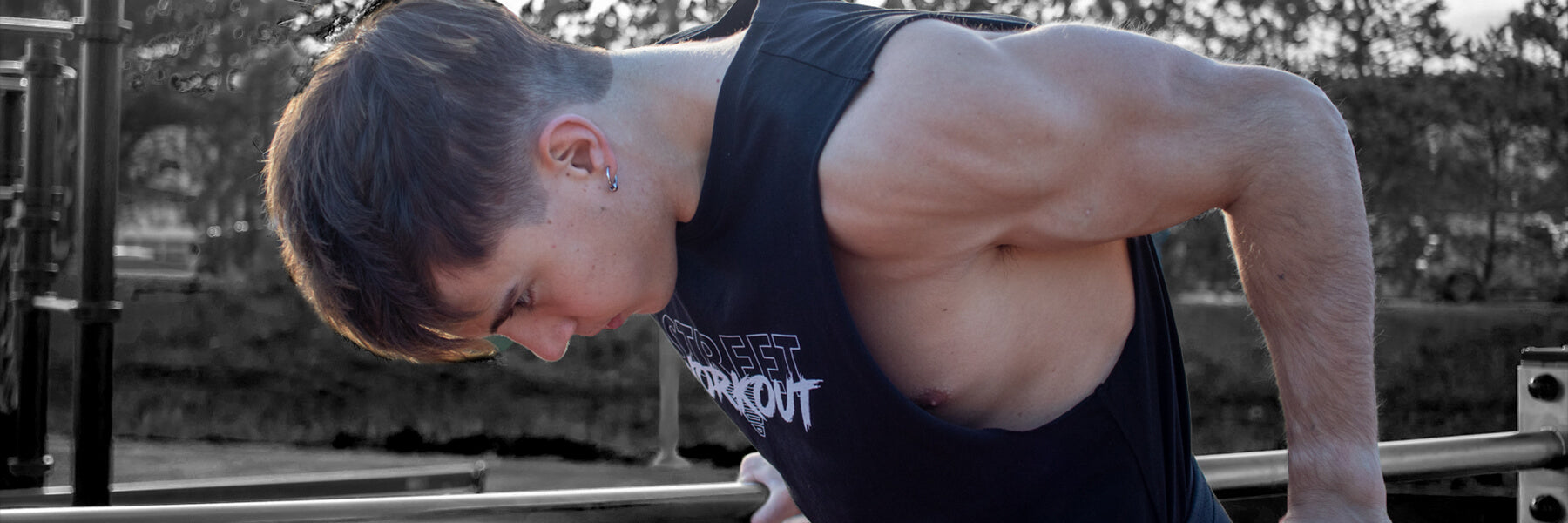
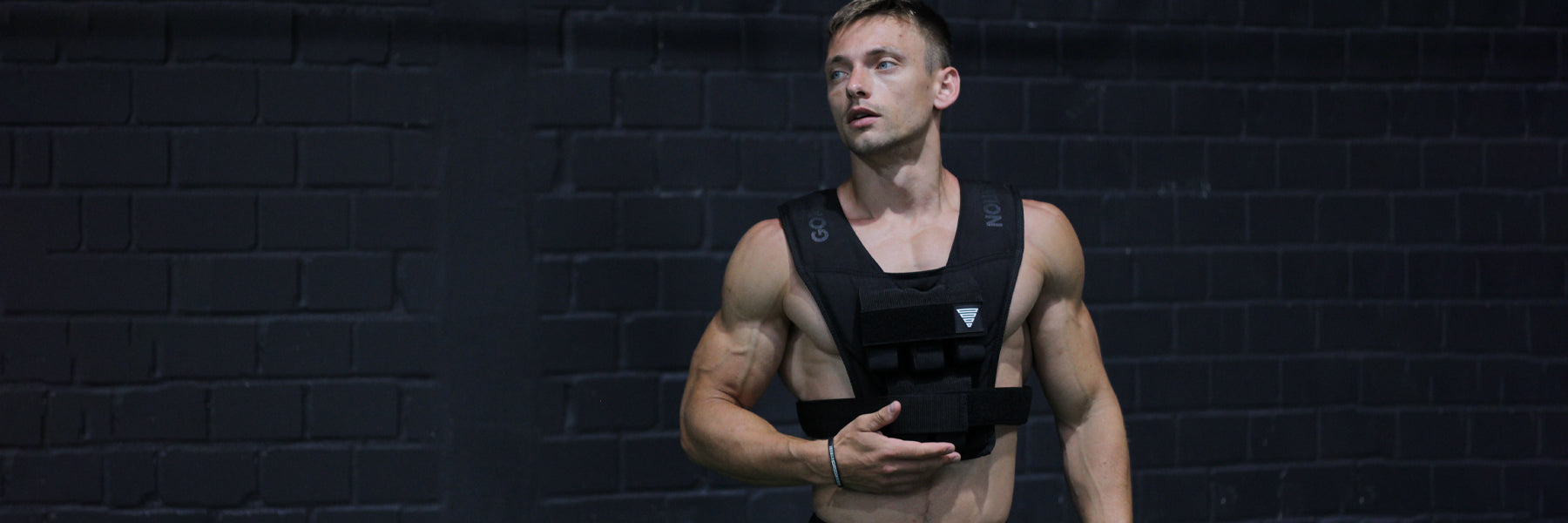
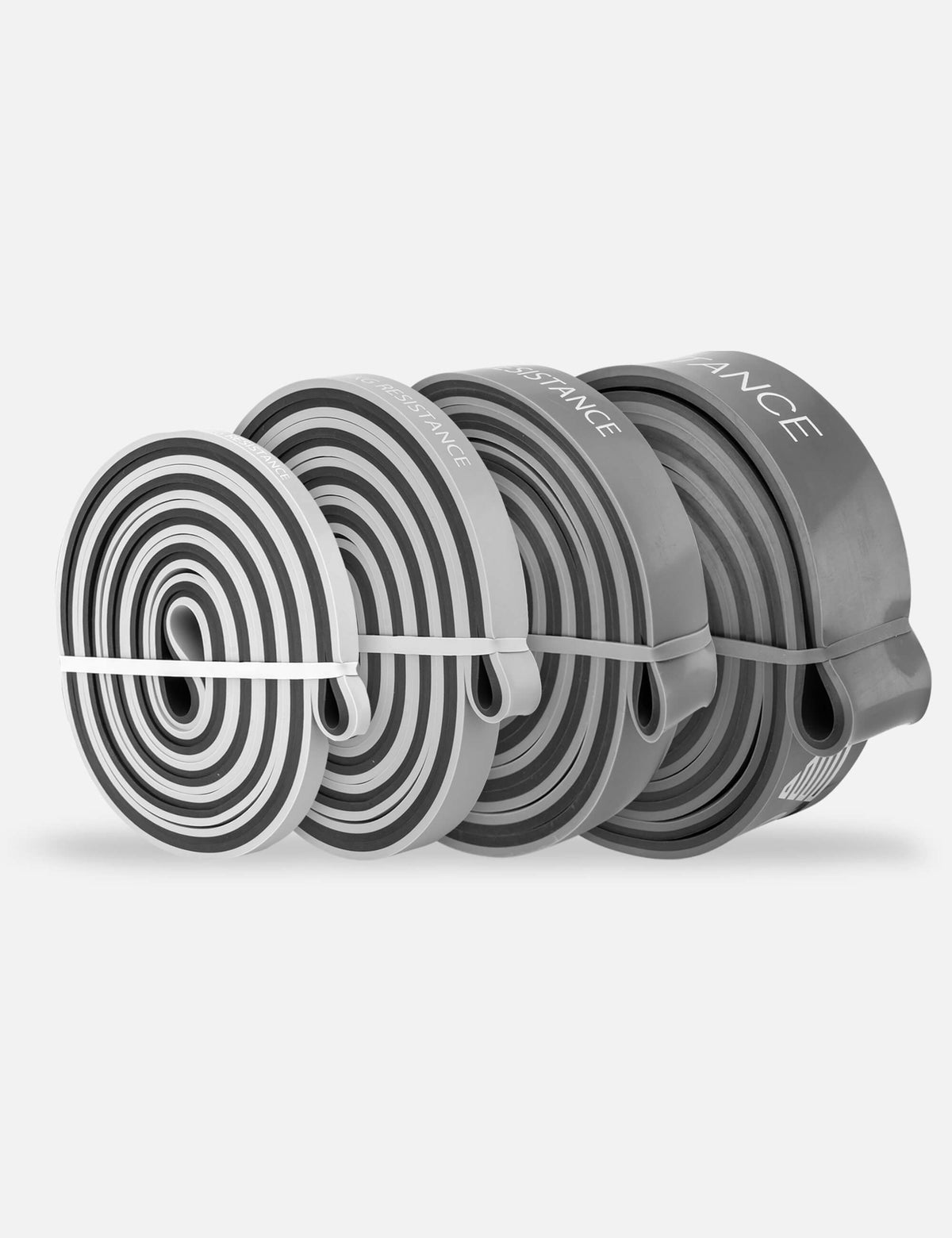
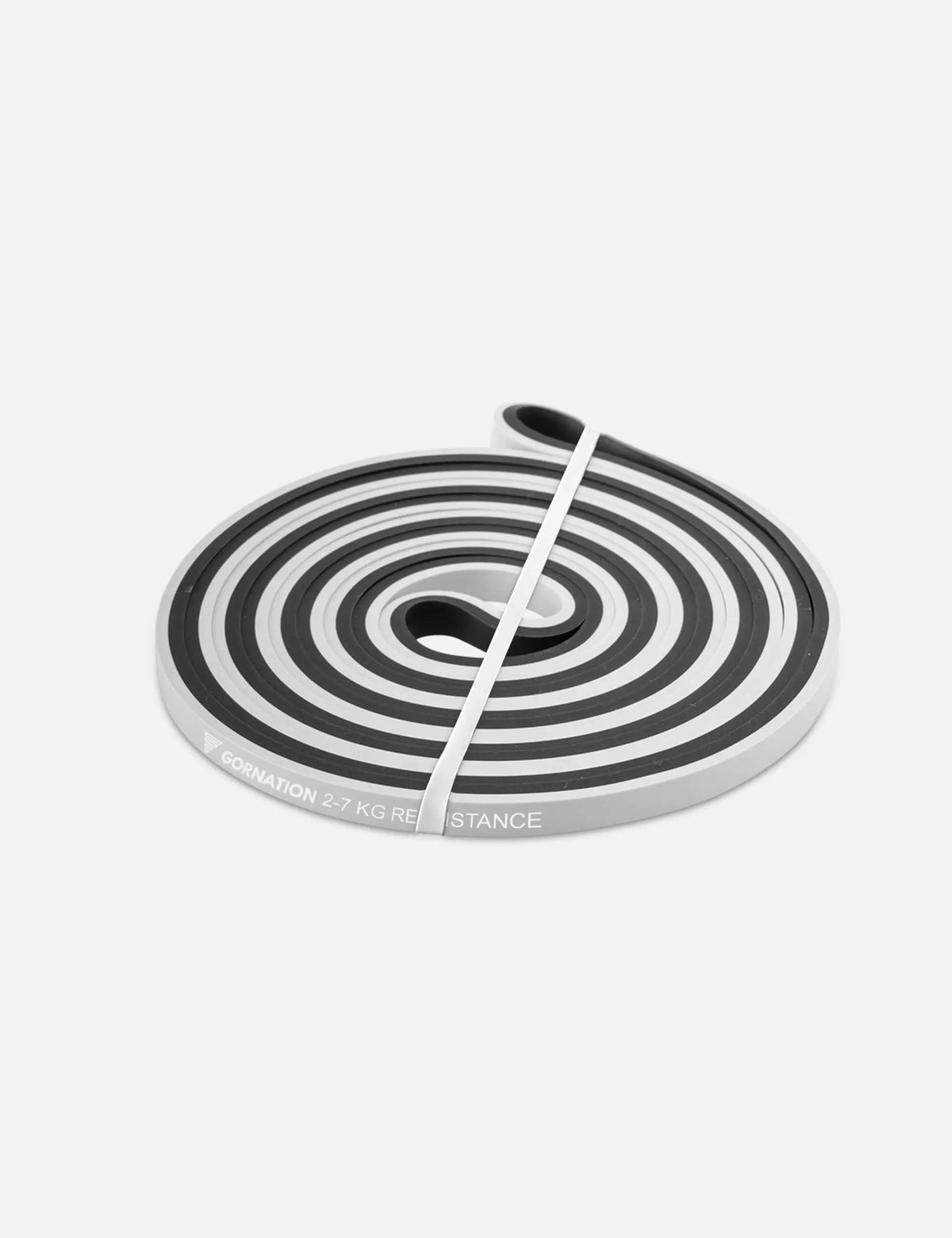
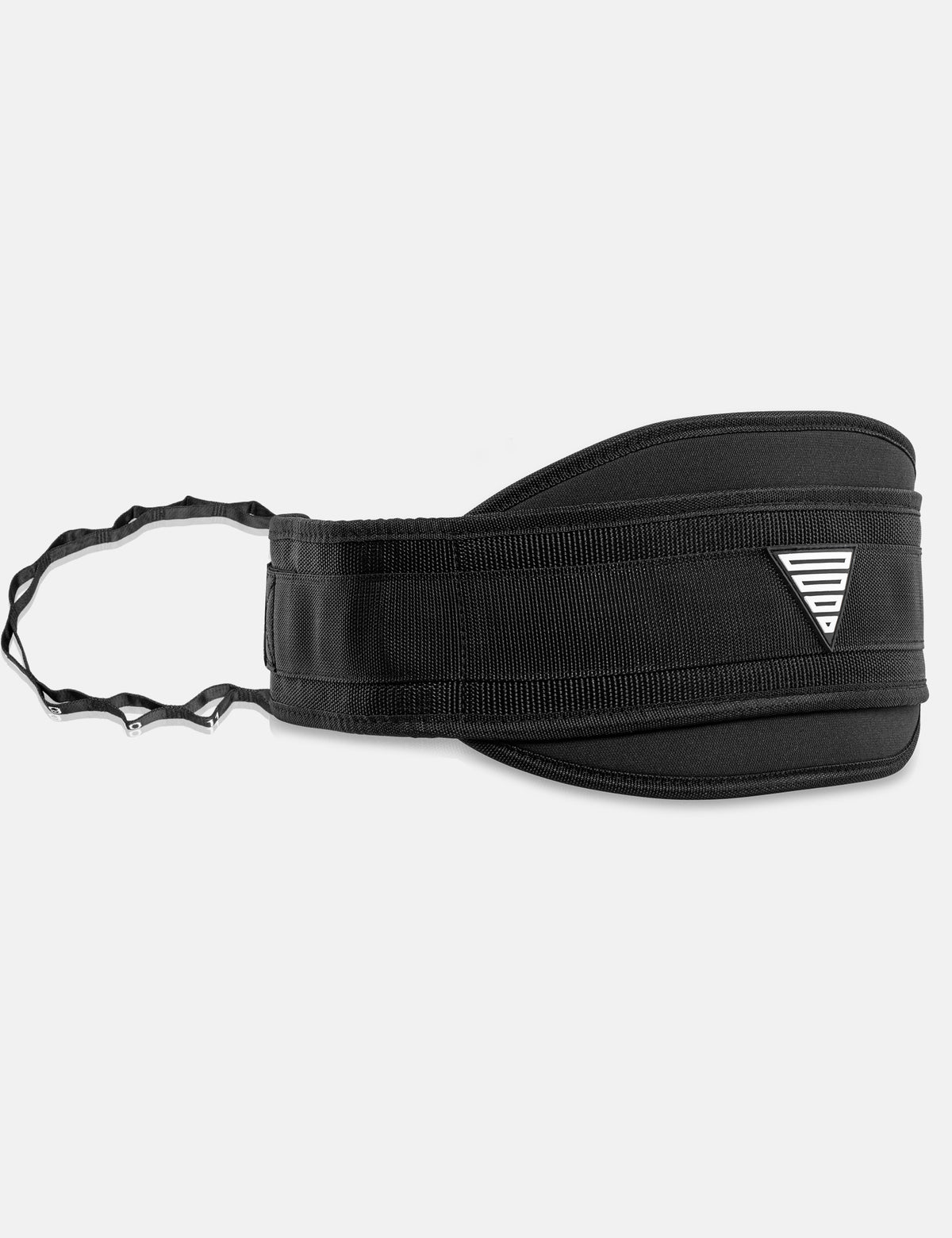
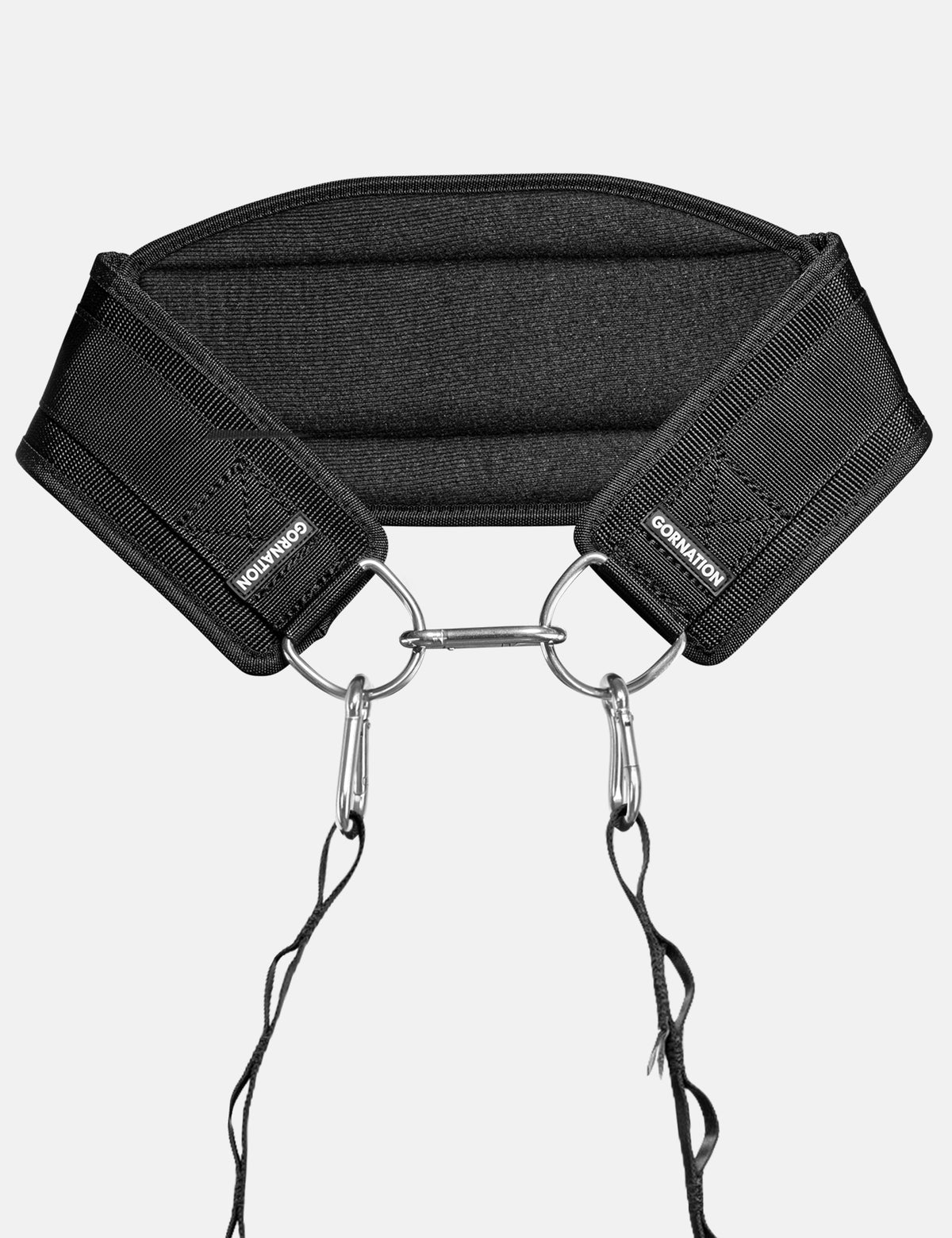
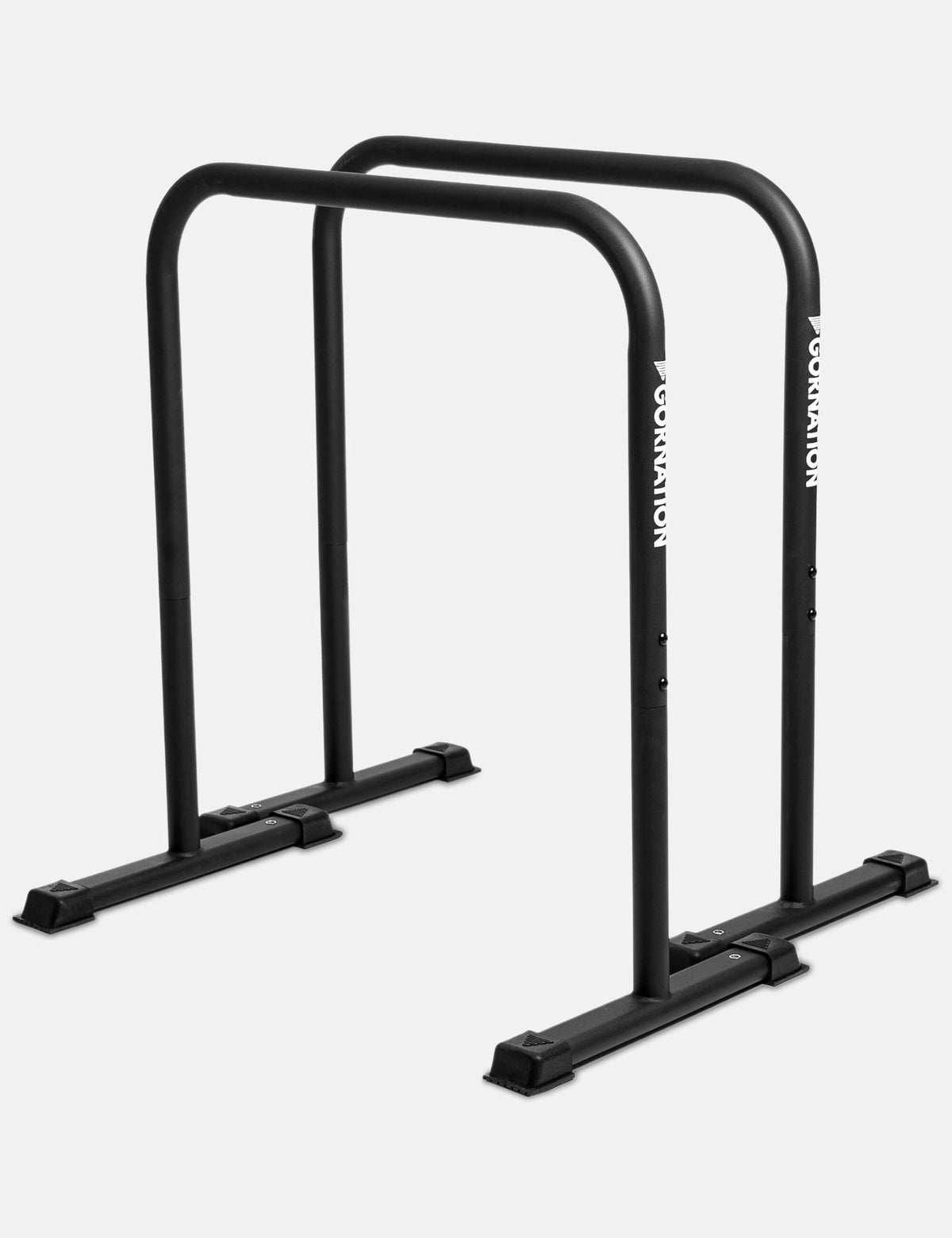
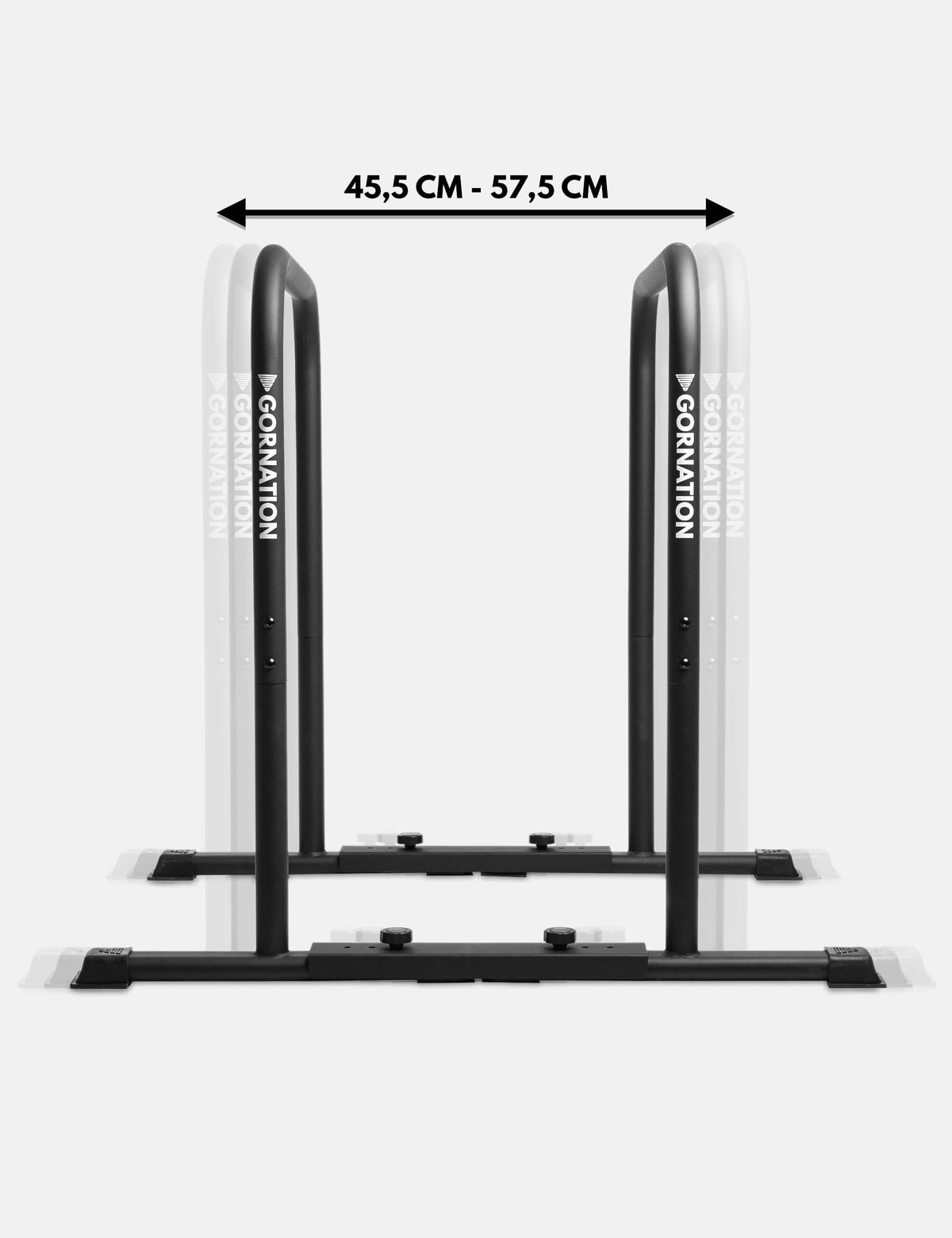
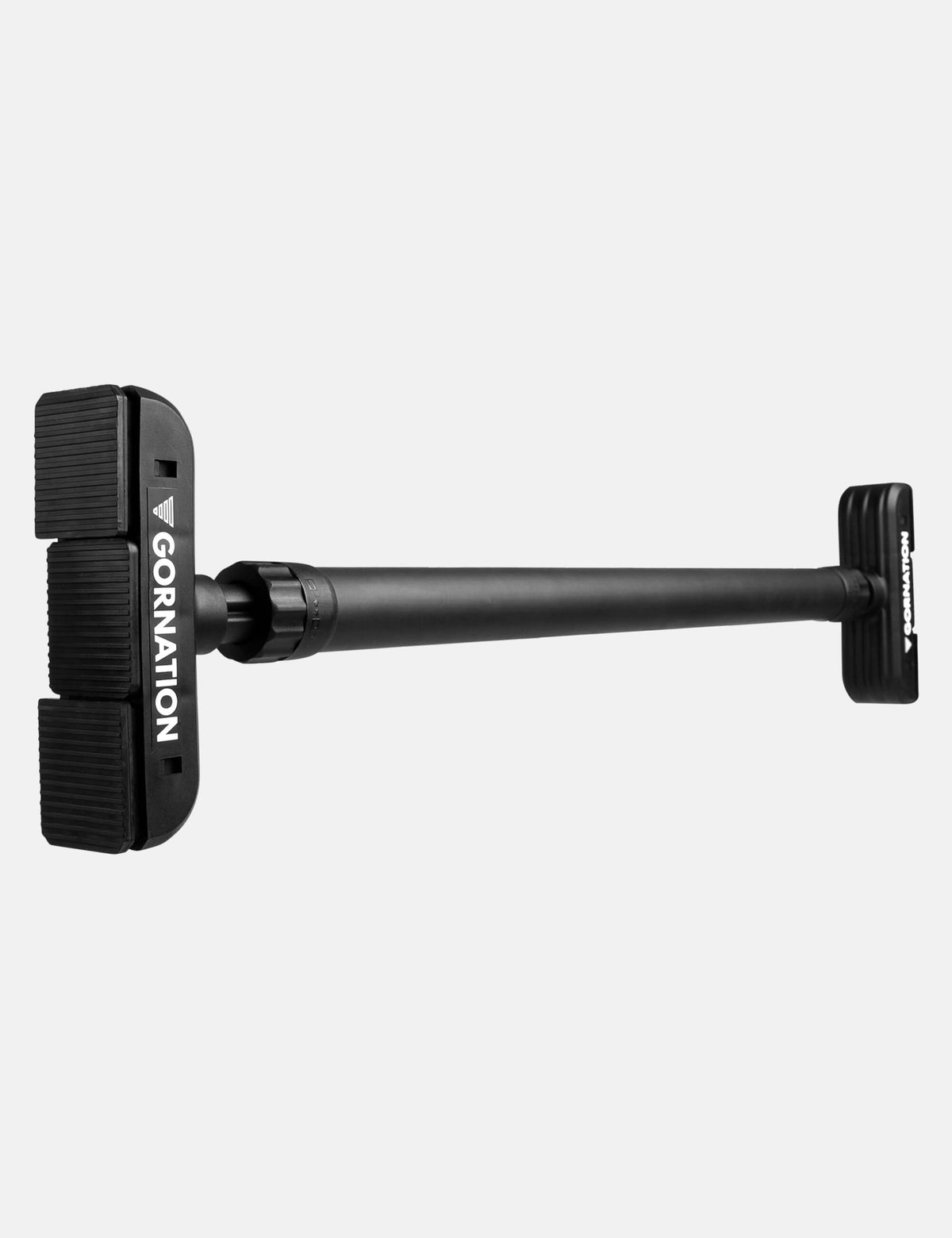
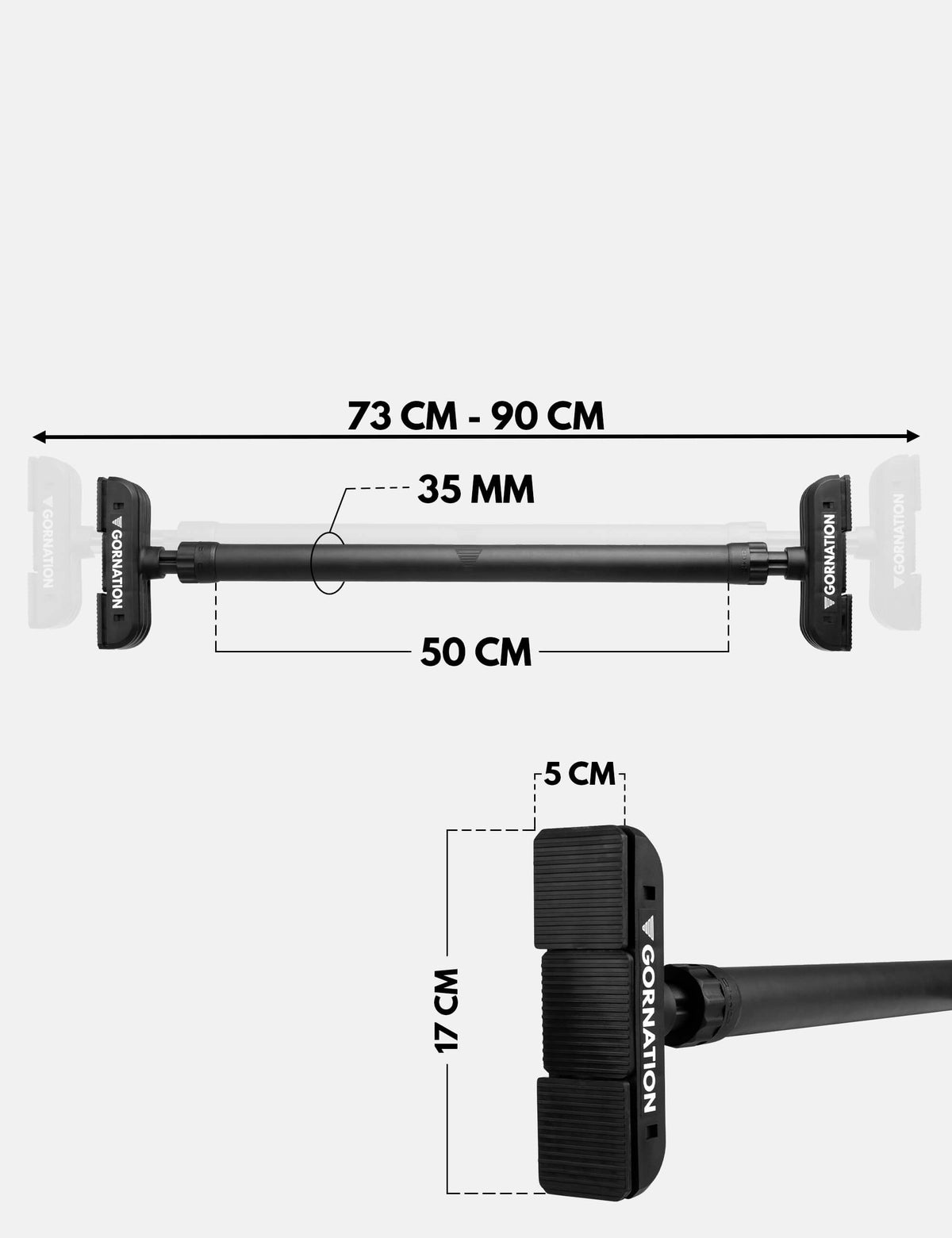
5 comments
Raj T
Fantastic read! Just want to say, i am currently working my way up with weighted pullups and occasionally throwing in oac progressions. All my weighted pulllups/chins are done on rings that rotate freely. This helps with elbow health tremendously, in my opinion. With weighted pullups, my 1 rep max is about 58% added body weight. I would like to get to get to about 80% added weight, and at which point , I think I would like to concentrate on oap more regularly/frequently. Also, regarding the “best” progression for oap(on rings also) this is very similar to what I do, but it is using assistance from fingers of the non-working hand (no pulley system however). It works fairly well in my estimation as far as mimicking the oap on rings. Another method, also done on gymnastic rings, is having the assisted ring hang lower than the working ring, which limits the help from the assisted ring, even when held with full grip. As you get stronger, you keep lowering the assisted ring, to get less assistance from it.
In addition to weighted pullups on rings, i am also concurrently working on progressions towards a legless rope climb. I feel this preps the forearms to unbelievable levels , which in turn will help with oap/oac. Thoughts?
Either way, one point i want to make is, all my vertical pulling exercises are done on gymnastic rings ONLY, as I feel they are a HUGE relief on elbow joint pain of any kind, and preserves joint health in general.
Fantastic read! Just want to say, i am currently working my way up with weighted pullups and occasionally throwing in oac progressions. All my weighted pulllups/chins are done on rings that rotate freely. This helps with elbow health tremendously, in my opinion. With weighted pullups, my 1 rep max is about 58% added body weight. I would like to get to get to about 80% added weight, and at which point , I think I would like to concentrate on oap more regularly/frequently. Also, regarding the “best” progression for oap(on rings also) this is very similar to what I do, but it is using assistance from fingers of the non-working hand (no pulley system however). It works fairly well in my estimation as far as mimicking the oap on rings. Another method, also done on gymnastic rings, is having the assisted ring hang lower than the working ring, which limits the help from the assisted ring, even when held with full grip. As you get stronger, you keep lowering the assisted ring, to get less assistance from it.
In addition to weighted pullups on rings, i am also concurrently working on progressions towards a legless rope climb. I feel this preps the forearms to unbelievable levels , which in turn will help with oap/oac. Thoughts?
Either way, one point i want to make is, all my vertical pulling exercises are done on gymnastic rings ONLY, as I feel they are a HUGE relief on elbow joint pain of any kind, and preserves joint health in general.
Matt
Thank you for the content you provide! Curious why using a band attached to the bar or ring then standing on it with one foot doesn’t make the list. It seems to me to be the closest assist I can find. Especially since the pulling hand is over the band and rotation seems uninhibited.
Thank you for the content you provide! Curious why using a band attached to the bar or ring then standing on it with one foot doesn’t make the list. It seems to me to be the closest assist I can find. Especially since the pulling hand is over the band and rotation seems uninhibited.
Jeremy
Great info. I’m back to working on my OAP goal, and was thinking about the kinesthetics of them vs bilateral pullups. So I one-armed a heavy weight on my lat pulldown (along the center line) and noticed that the joint angles are very different. So different that you’d be much better off starting from scratch with one-armed movements along with working on regular pulls. The muscle fiber recruitment is completely different. So my plan is to use the lat pull to get fairly close to bodyweight, and then use your idea of a pulley system from the waist (which I already have set up) to get the rest of the way. I’ll be using Charles Poliquin’s method of 30-second negatives twice a week to build strength, alternated with higher volume hypertrophy work, in 8-12 week blocks. My (admittedly ambitious) goal is to get there in a year or less.
Great info. I’m back to working on my OAP goal, and was thinking about the kinesthetics of them vs bilateral pullups. So I one-armed a heavy weight on my lat pulldown (along the center line) and noticed that the joint angles are very different. So different that you’d be much better off starting from scratch with one-armed movements along with working on regular pulls. The muscle fiber recruitment is completely different. So my plan is to use the lat pull to get fairly close to bodyweight, and then use your idea of a pulley system from the waist (which I already have set up) to get the rest of the way. I’ll be using Charles Poliquin’s method of 30-second negatives twice a week to build strength, alternated with higher volume hypertrophy work, in 8-12 week blocks. My (admittedly ambitious) goal is to get there in a year or less.
Leonard
Awesome content. I feel like the band assisted OAP and the OAP negative are the 2 best progressions for most people.
Awesome content. I feel like the band assisted OAP and the OAP negative are the 2 best progressions for most people.
Jesse
Fantastic job as always.
Frinksmovement = Highest quality calisthenics YouTuber no question.
Fantastic job as always.
Frinksmovement = Highest quality calisthenics YouTuber no question.